Keywords: Wasting, underweight, prevalence and preschool aged children.
Download: FULL TEXT PDF
PUBLISHED
2023-01-11
HOW TO CITE
Okafor, O.C., Okafor, I.N., Ezenwa, C.B. and Idama, F.O.(2023).Prevalence of Stunting amongst Preschool Aged Children in Awka South LGA, Anambra State, Nigeria. IAA Journal of Biological Sciences 10(1):54-60.
